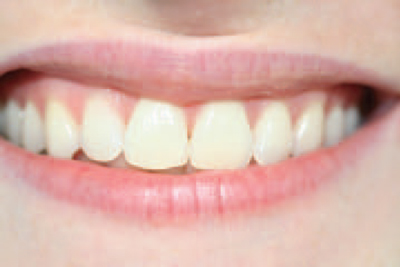SECTION 10
TOOTH REPLACEMENT WITH IMPLANTS

REASON FOR PROCEDURE
Missing teeth can be replaced using bridges, dentures or implants. Each technique has its own advantages and disadvantages, but they are all required for the same reasons – to provide adequate masticatory function and to improve aesthetics.
Implants are the most advanced technique of tooth replacement, although their use has been developing over at least the last 30 years. They involve the surgical placement of a threaded titanium cylinder (implant) into the jaw bone, which then has an abutment screwed into its top end to project into the oral cavity. This abutment then forms the attachment for a crown replacing a single tooth, a bridge retainer replacing several teeth or an overdenture replacing many, if not all, of the teeth in a dental arch.
The advantage of implants over other methods of tooth replacement is that they can be used in patients without having to cut into adjacent teeth to construct bridgework and in patients with very poor retention for conventional dentures.
However, these more complicated cases can involve all of the following:
- An oral and/or periodontal surgeon
- A specialist in prosthetics
- Advanced computerised radiographic techniques
- A specialist implant laboratory
The procedure described is for the simpler replacement of a single tooth only.
SINGLE TOOTH IMPLANTS
Background information of procedure
Even when a single tooth is to be replaced, a detailed dental and radiographic assessment of the patient must be carried out by the dentist beforehand. This will determine the feasibility of placing the implant and its likelihood of success, as well as the suitability of the patient for the procedure and his or her likelihood of complying with the long-term care of the restoration.
The initial placement of the implant cylinder is a full/>
Stay updated, free dental videos. Join our Telegram channel

VIDEdental - Online dental courses


